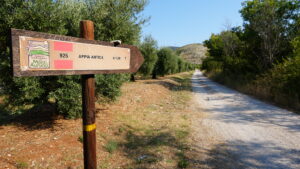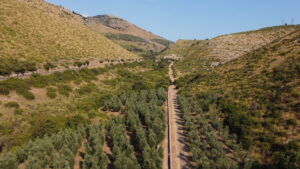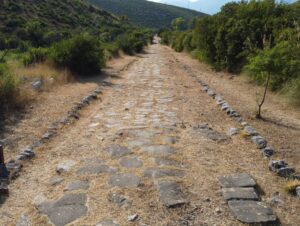

The ‘Regina Viarum’, daily called Via Appia![]() , enters the World Heritage List, thus becoming the 60% Italian site recognised by Unesco. Its inclusion was decided by the World Heritage Committee, which met in New Delhi during its 46th session.
, enters the World Heritage List, thus becoming the 60% Italian site recognised by Unesco. Its inclusion was decided by the World Heritage Committee, which met in New Delhi during its 46th session.
This was the first candidacy promoted directly by the Ministry of Culture, which coordinated all the stages of the process and prepared all the documentation required for the application for inclusion on the World Heritage List.

The result, the note goes on to say, ‘is the result of teamwork that has seen the involvement of multiple institutions: four regions (Lazio, Campania, Basilicata and Puglia), 13 metropolitan cities and provinces, 74 municipalities, 14 parks, 25 universities, numerous representatives of local communities, as well as the Ministry of Foreign Affairs and International Cooperation and the Pontifical Commission for Sacred Archaeology of the Holy See.
 A great work of civil engineering of ancient culture, it was built by the Romans between the 4th and 3rd centuries BC to connect Rome to Brindisi. Over 500 miles long, the Via Appia, known as the ‘Queen of Roads’, is the oldest and most important of the great roads, built by the ancient Romans from 312 BC.
A great work of civil engineering of ancient culture, it was built by the Romans between the 4th and 3rd centuries BC to connect Rome to Brindisi. Over 500 miles long, the Via Appia, known as the ‘Queen of Roads’, is the oldest and most important of the great roads, built by the ancient Romans from 312 BC.
The Appian Way marked a revolution in road construction, quickly becoming the most important road connecting Rome with the southern part of the peninsula.
